REVIEW: Almighty Voice and His Wife
Intermission is thrilled to be hosting the inaugural theatre reviews of the Emerging Arts Critics Programme 2019/20 season. Intermission is partnering with Soulpepper Theatre Company and theatre critic Robert Cushman to mentor this season’s participants.
Ten years ago, Almighty Voice and His Wife was described by Algonquin playwright Yvette Nolan as “a canonical play…whose time has come around again.” In 2019, audiences should be more ready than ever for Daniel David Moses’ 1991 masterpiece, Soulpepper’s first Indigenous production. Since the play’s premiere, the Royal Commission on Aboriginal Peoples, the Truth and Reconciliation Commission, and the National Inquiry into Missing and Murdered Indigenous Women and Girls, among much more, signal that the broader settler Canadian public is increasingly conscious of our relationship with First Peoples. We should be ready for Almighty Voice and His Wife—but are we?
A sign of how far we have come is the prevalence of starting shows with Land Acknowledgements. While this is a practice that is often dismissed as mere lip service—just ask CBC’s Baroness von Sketch Show—there is a call to action in this production’s detailed description of the Dish with One Spoon covenant that precedes the play. Accompanied by drumming and song, it fits seamlessly into the striking atmosphere created by Ken Mackenzie’s set. The stage is dominated by a dizzying view that might be a glimpse of the night sky through the top of a teepee, or perhaps an enormous eye.
Hardly a word is spoken other than a playful “hiya” between nineteenth-century Saskatchewan Cree warrior Almighty Voice (James Dallas Smith) and residential school escapee White Girl (Michaela Washburn), before a blushing back-and-forth fills the theatre with giggles. Under Jani Lauzon’s direction, the two skillfully create a fluid and shifting balance of power, especially as White Girl takes control and declares herself Almighty Voice’s wife.
Moses’ play immerses the characters in many of the struggles of their day: residential schools, famine, disease, and forced settlement. Soon Almighty Voice and White Girl find themselves in trouble with the RCMP for shooting a cow. Initially, scrambling transitions in the half-darkness scenes are jarring, but as the couple goes on the run, the hurried scene changes contribute an urgency and desperation. Confronting doubts and fears, the pair lovingly build one another up in the face of a smothering, oppressive world of treaty officer, farm instructor, and missionary priest.

James Dallas Smith and Michaela Washburn in Almighty Voice and His Wife. Photo by Dahlia Katz.
It is White Girl’s rage against the white man’s glass-eyed God that stands out in the more realistic, linear first act, in a truly chilling tirade where she faces off against the white gaze. She feverishly and erotically challenges God, performing before him the role of the savage that residential school told her to scorn. Almighty Voice’s death is also moving; he never once lets us forget the strength of his love.
The second act is something completely different. A massive moon covers the opening of the teepee, and gaudy strings of paper stars crowd the air around the ruined set of a minstrel show. Almighty Voice has become a dancing ghost in white war paint, all elaborate beadwork and fringe. Hidden beneath a Mountie costume and whiteface, slurping tea, White Girl has now internalized whiteness as the Interlocutor, the master of ceremonies.
Mr. Interlocutor is here to entertain, and Washburn undeniably accomplishes that. Her performance sparkles, drawing a reluctant, baffled “Almighty Ghost” into the act. When he recognizes his White Girl in the Interlocutor, Smith creates a fleeting moment that brings back all the tenderness of the first act. It is Smith’s turn to assume power over the scene, fuelling Washburn’s slapstick show into a frenzy, tightly choreographed by Brian Solomon. Washburn delivers a foaming, violently racist rant that, as much as it is caricature, could easily have come from the mouth of a real Indian agent. Both actors animate lively song and dance numbers that are no less toxic in their cartoonish representation of “the Indian.” Urged by Smith’s brilliantly sly spirit into such roles as falsetto Sweet Sioux, the villainous Chief Magistrate, and Princess Porkly Haunches, the Interlocutor’s circus descends into chaos and obscenity, and Washburn slips skillfully in and out of different roles.
Goaded on by the performers, the audience in attendance clapped and even sang along to the anachronistic vaudeville extravagance, allowing themselves to be carried into the wild west spectacle. Perhaps the subtlety of Washburn’s whiteface makeup lures white audience members away from their own sense of complicity. Or perhaps, the tropes—vanishing Indian, minstrel show, frontier Mountie—seem too much like relics of the past for their harm to be felt through the layers of parody. Canada has shown its readiness to face the historical drama of the first act, the legacies of our violent past. But the second act challenges us to confront how these legacies carry into our own present of ongoing genocide, where a Prime Minister can put on blackface and fight to deny Indigenous children’s services, with minimal damage in the polls.
Almighty Voice is speaking to us. Are we ready to listen?

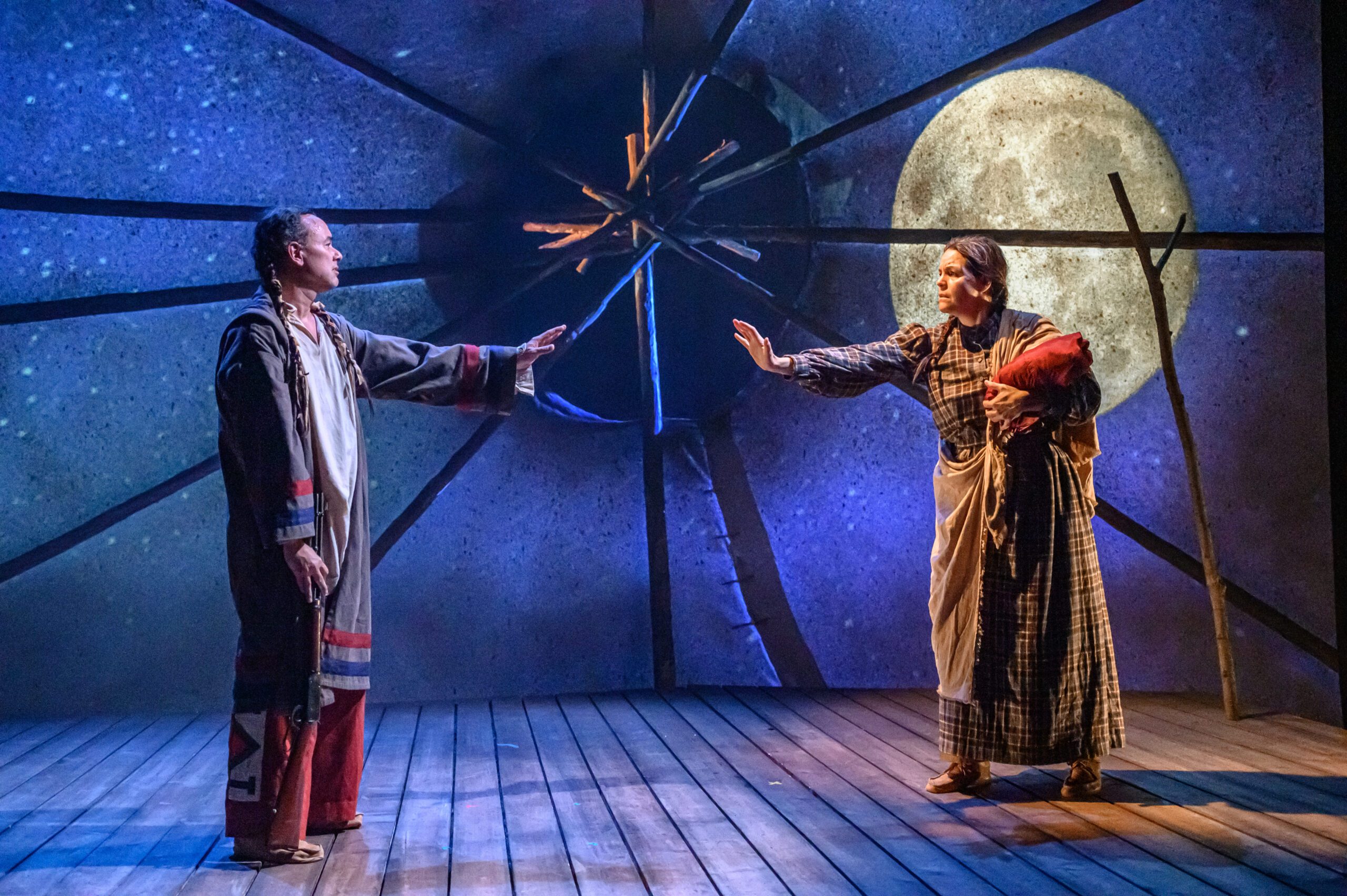


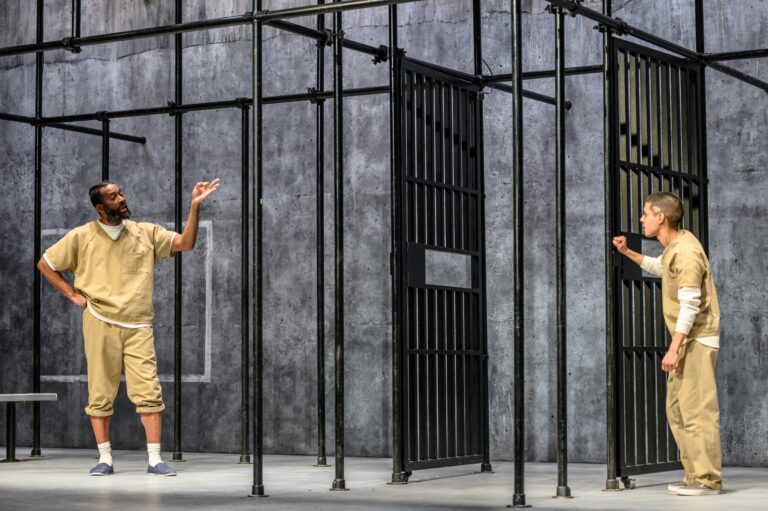
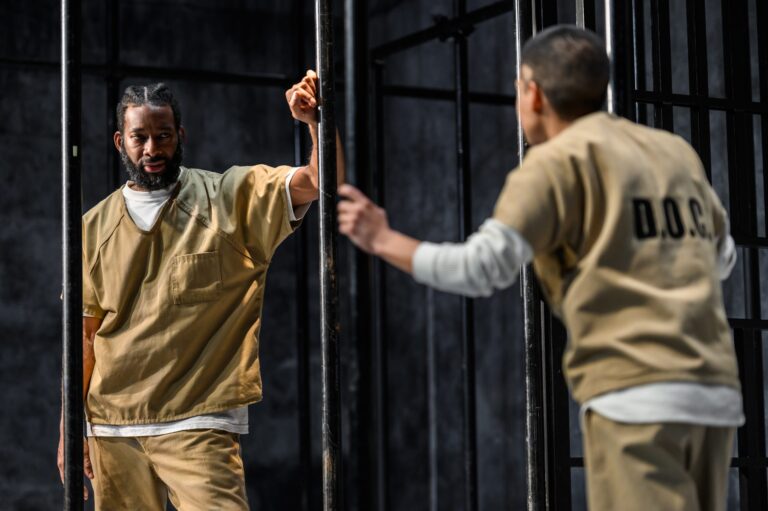
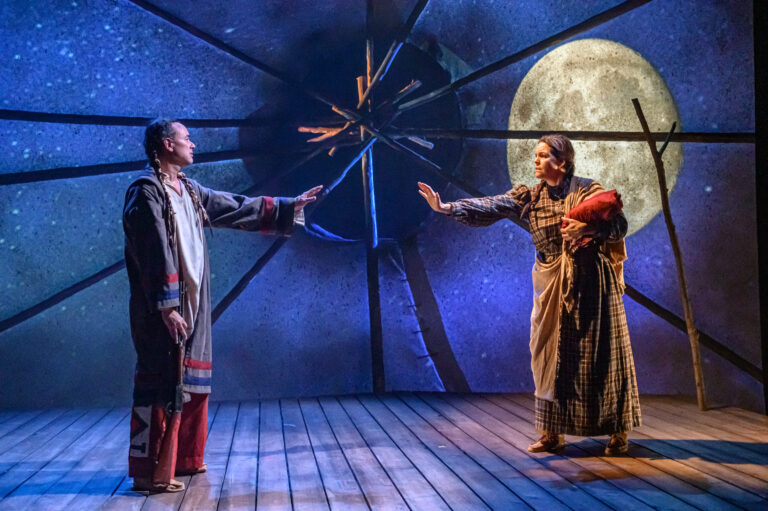
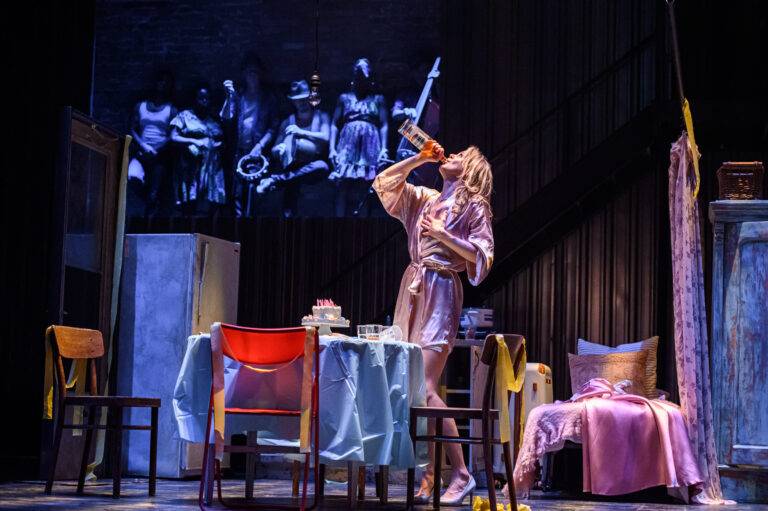
Comments